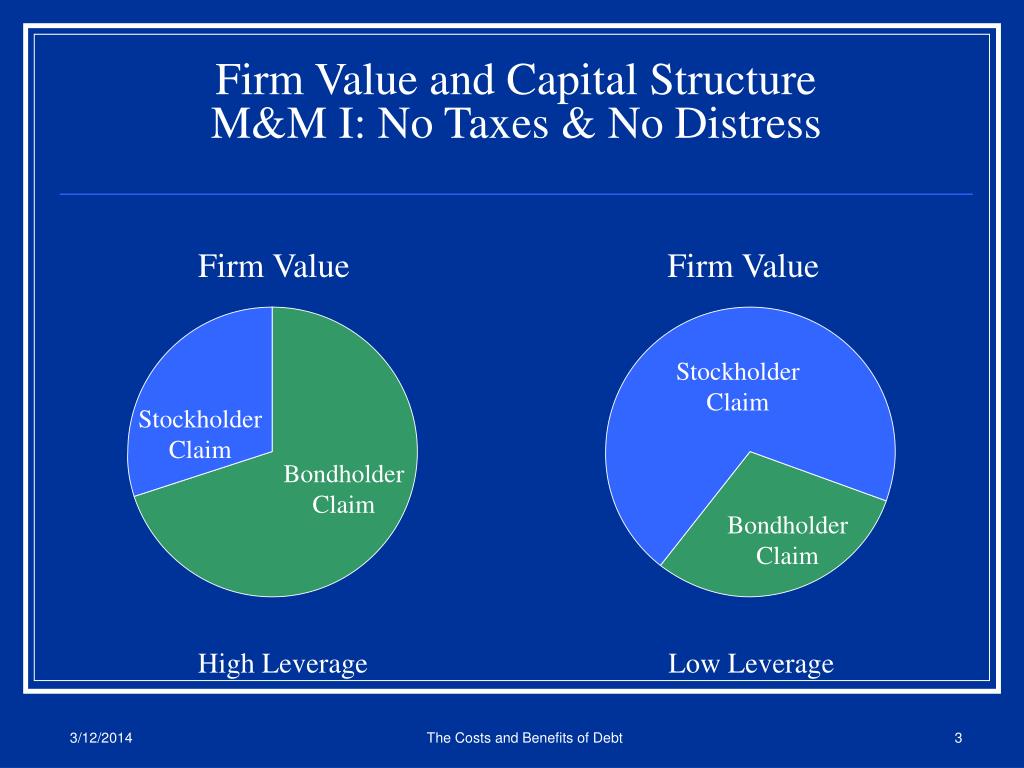JENNIFER KEY, eT aL. v. MARINER FINANCE, LLC
 In finance, valuation is the strategy of figuring out the current worth (PV) of an asset. In a business context, it is usually the hypothetical worth that a 3rd get together would pay for a given asset. Valuations might be finished on assets (for example, investments in marketable securities similar to firms' shares and associated rights, enterprise enterprises, or intangible property reminiscent of patents, information and trademarks) or on liabilities (e.g., bonds issued by an organization). Valuations are wanted for many reasons comparable to funding analysis, capital budgeting, merger and acquisition transactions, financial reporting, taxable events to determine the proper tax liability. Common terms for the worth of an asset or liability are market value, fair worth, and intrinsic worth. The meanings of those phrases differ. As an illustration, when an analyst believes a inventory's intrinsic worth is better (or less) than its market worth, an analyst makes a "buy" (or "sell") recommendation.
In finance, valuation is the strategy of figuring out the current worth (PV) of an asset. In a business context, it is usually the hypothetical worth that a 3rd get together would pay for a given asset. Valuations might be finished on assets (for example, investments in marketable securities similar to firms' shares and associated rights, enterprise enterprises, or intangible property reminiscent of patents, information and trademarks) or on liabilities (e.g., bonds issued by an organization). Valuations are wanted for many reasons comparable to funding analysis, capital budgeting, merger and acquisition transactions, financial reporting, taxable events to determine the proper tax liability. Common terms for the worth of an asset or liability are market value, fair worth, and intrinsic worth. The meanings of those phrases differ. As an illustration, when an analyst believes a inventory's intrinsic worth is better (or less) than its market worth, an analyst makes a "buy" (or "sell") recommendation.
7 Stunning Examples Of Beautiful Corporate Finance
Business valuation § Option pricing approaches and Corporate finance § Valuing flexibility. Investment Strategy geared toward realizing a profit on restoration. Preliminary to the valuation, the monetary statements are initially recast, to "higher mirror the firm's indebtedness, financing costs and recurring earnings". Here changes are made to working capital, deferred capital expenditures, cost of products offered, non-recurring skilled charges and costs, above- or beneath-market leases, excess salaries within the case of personal firms, and sure non-operating revenue/expense items. The valuation is built on this base, with any of the usual market-, revenue-, or asset-based approaches employed. Often these are used together, offering a "triangulation" or weighted common. Particularly in the second case above, the company may be valued utilizing actual options evaluation, serving to complement (or sometimes exchange) this normal worth; see Business valuation § Option pricing approaches and Merton mannequin. As required, varied adjustments are then made to this end result, so as to reflect characteristics of the agency external to its profitability and cash move. This post has been created by GS A Content Gene rato r DEMO!
The career path in equity research is less clearly outlined but usually goes as follows-affiliate, analyst, senior analyst, and, finally, vice president or director of analysis. Throughout the firm, nevertheless, investment bankers probably have better prospects for reaching the very high, since they're deal makers and manage relationships with the firm's biggest purchasers. Research analysts, however, is likely to be seen as quantity crunchers who do not need the identical skill to usher in huge enterprise. Investment banking in all probability wins here as well, albeit solely over the longer time period. Equity analysis associates start off by doing numerous monetary modeling and evaluation underneath the supervision of the analyst who is liable for the coverage of a particular sector or group of corporations. But associates also talk to a limited extent with buy-facet purchasers, top administration of the businesses below protection, and the agency's traders and salespeople. Over time, their duties evolve to less financial modeling and a higher degree of report writing and formulating funding opinions and theses; nonetheless, there is not quite a lot of variability within the job functions of associates and analysts.
 Equity analysis is the winner in this area as properly. Associates and junior analysts often receive recognition for his or her work by being named on research studies which are distributed to a agency's sales pressure, clients, and media shops. Since senior analysts are acknowledged experts on the businesses they cowl in a sector, they're wanted by the media for feedback on these corporations after they report earnings or announce a fabric growth. Investment bankers, then again, toil in relative obscurity on the junior stage; nevertheless, their visibility increases significantly as they climb the investment banking ladder, especially if they are part of a staff that works on large, prestigious deals. Investment banking wins in this space. There may be a clear path with defined time frames for profession development in investment banking. This begins with the analyst position (two to three years), then transitions to an affiliate place (three-plus years), after which one is in line to grow to be a vice president and eventually director or managing director.
Equity analysis is the winner in this area as properly. Associates and junior analysts often receive recognition for his or her work by being named on research studies which are distributed to a agency's sales pressure, clients, and media shops. Since senior analysts are acknowledged experts on the businesses they cowl in a sector, they're wanted by the media for feedback on these corporations after they report earnings or announce a fabric growth. Investment bankers, then again, toil in relative obscurity on the junior stage; nevertheless, their visibility increases significantly as they climb the investment banking ladder, especially if they are part of a staff that works on large, prestigious deals. Investment banking wins in this space. There may be a clear path with defined time frames for profession development in investment banking. This begins with the analyst position (two to three years), then transitions to an affiliate place (three-plus years), after which one is in line to grow to be a vice president and eventually director or managing director.

